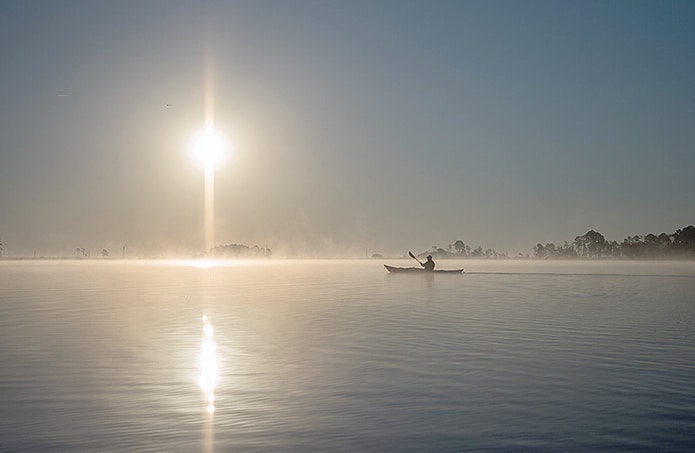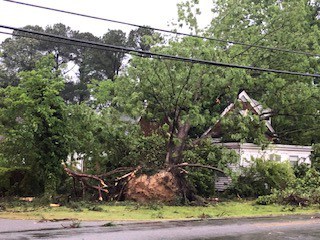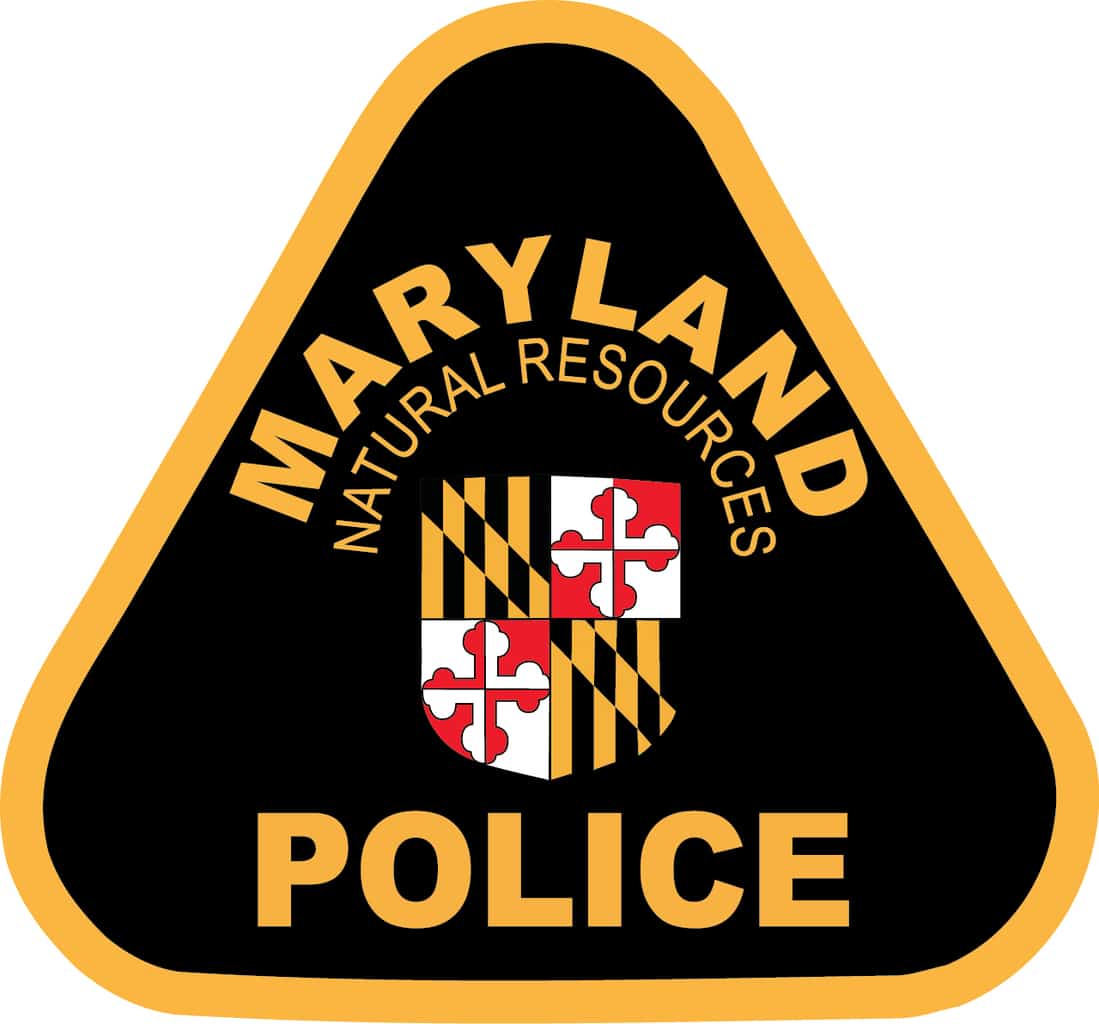Plastic pollution in the ocean is a problem that’s gotten increasing attention in recent years. But smaller plastics in smaller waterways get a little less exposure–and in the Bay watershed, the threat is just as real.
The University of Maryland Center for Environmental Science (UMCES) just began a two-year study to understand how plastic moves through tributaries and coastal areas to the ocean. The research project in the Choptank River watershed will “lay the foundation for plastic research in the Chesapeake Bay,” UMCES says.
Funded by NOAA’s Marine Debris Program, the project will track how microplastics move through the Choptank rivershed on Maryland’s Eastern Shore. It will look at what kind of plastics are in the waterway, and how marsh wetlands and underwater grasses impact their flow. Researchers want to know where these barely-visible plastic particles end up during different seasons through the year.
And the answers to these questions could actually help the larger ocean plastics problem, too. Eye-popping studies find that up to 95 percent of waste on the shoreline, water surface, and sea floor is plastic. But few studies have focused on coastal wetlands like underwater grasses or marshes.
“A lot of attention is paid to the giant garbage patch in the Pacific Ocean, but those plastics came from somewhere. We have to understand where they are coming from and what happens to them before they get to the ocean,” said Associate Professor Jamie Pierson. “How microplastics transit through a system like the Choptank and its features—marshes, underwater grasses, wetlands—might affect transport from source to open water.”
Microplastics are defined as pieces of plastic debris less than 5 millimeters in size, or smaller than a pencil eraser. Because they’re so small, the particles can enter the food chain by being ingested by the smallest organisms at the bottom of the food chain, possibly carrying upwards to the top of the food chain.
In addition to gathering information about microplastics’ travel, the project will determine which factors and strategies could help reduce marine debris in rivers the most. Extensive samples of six different kinds of plastic debris will be collected. Different types of plastic degrade differently and have different densities. Researchers will use a short-wave infrared radiation microscope, along with a drone that can scope out larger plastic debris in the watershed from above. With a a special camera, it can identify different types of plastic, from plastic bags to water bottles.
“Potentially, we’ll be able to make the connection between bigger pieces of plastic in a marsh that break down, and the pieces feeding into the river system leading to microplastics in the water. We’re hoping to figure out if different types of debris get moved in different ways,” said Pierson.
-Meg Walburn Viviano




